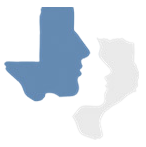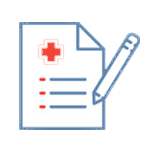Obstructive sleep apnea (OSA) is a sleep disorder characterized by recurrent episodes of complete or partial upper airway obstruction during sleep, which leads to decreased oxygen saturation in the blood. This results in a person briefly waking up many times throughout the night in order to open their airway. The most common symptoms of OSA include loud snoring, sudden awakenings accompanied by a choking or gasping sound, and excessive daytime sleepiness. OSA can have significant effects on the body, including an increased risk of high blood pressure, heart attack, stroke, and diabetes. It can also lead to problems with memory and concentration, and is associated with an increased risk of motor vehicle accidents. Additionally, OSA can cause depression and affect the quality of life.
There are several ways to treat obstructive sleep apnea (OSA), including:
Continuous positive airway pressure (CPAP) therapy: This is the most commonly used treatment for OSA. A CPAP machine delivers a steady stream of air through a mask worn over the nose or nose and mouth, which helps to keep the airway open during sleep.
Oral appliances: These are custom-made dental devices that help to reposition the jaw and tongue to keep the airway open. They can be effective for mild to moderate OSA and are often used as an alternative to CPAP therapy.
Lifestyle changes: Losing weight, avoiding alcohol and sedatives, sleeping on your side, and avoiding sleeping on your back can also help to reduce the symptoms of OSA.
Surgery: In some cases, surgery may be recommended to remove excess tissue from the airway or to reposition the jaw. At Johnson Oral Facial Surgery we are able to reposition the jaws to increase the volume of the airway, resulting in a decrease of obstruction. This maintains an increased oxygen saturation and in a lot of times, cures OSA completely.
Please note that these treatments may not work for everyone, and your doctor may have to find the right treatment that works for you.
References:
American Academy of Sleep Medicine. (2019). International Classification of Sleep Disorders, Third Edition (ICSD-3). Darien, IL: American Academy of Sleep Medicine.
National Institutes of Health. (2020). Obstructive Sleep Apnea. Retrieved from https://www.nhlbi.nih.gov/health-topics/obstructive-sleep-apnea







